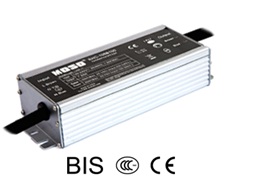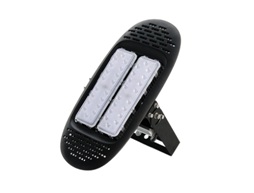DNP successfully applied the ink-like pigment used in the organic EL color development by gravure printing. On a glass substrate of a square of 30 cm and a thickness of 0.7 mm, three layers of organic EL layers having a thickness of 160 nm were formed, and the film thickness of each layer was relatively uniform compared with that of an ordinary television.
The organic EL dye used in the new technology is not a generally used low molecular weight pigment, but a polymer based luminescent material which is soluble in a solvent. By changing the molecular filiality to adjust the viscosity, the pigment is sufficiently and uniformly diffused during printing; in addition, in order to be printed on a glass substrate that does not absorb ink, the pressure is adjusted during printing, and the film thickness accuracy of the nanometer unit is achieved. It also ensures uniformity.
The main manufacturing method of organic EL is to place a jig on a glass substrate and apply a pigment to the substrate by vapor, which is called a photomask evaporation method; however, this method requires a large vacuum device, so the equipment cost is quite expensive, and As the vapor of the pigment spreads, the material cost is also greatly increased.
The manufacturing period of the new technology has also been shortened from about four months of vapor deposition to only one month, almost a quarter of the original. At the same time, due to the uniformity of film thickness, it is also very suitable for mass production. Although organic EL has the advantages of self-illumination and power saving, the competitiveness of cost is a major issue.
The organic EL panel emits 100 candelas with a driving voltage of 12 volts (Volt), which is only one-third of the LEDs used in ordinary electronic billboards, and is suitable for use in store electronic billboards. The DNP program is being developed for a small number of diversified, short delivery posters, storefront advertisements (POPs), promotional panels, etc. It is estimated that the turnover in 2012 will reach approximately 1.2 billion yen.

MOSO Fixed Output LED Driver is a type of compact size, IP67, high quality
LED driver with cost efficiency working in constant current mode. This control
gear is designed for industrial LED light fixtures, like linear or round high
bay, low bay lights, or flood lights, canopy lights in industrial area, or
factories, warehouses.


This Fixed Output LED Driver got global safety certifications, including UL, CE, TUV, CB, ENEC, SAA, BIS, etc. The LED control gear has universal input voltage, from 90~305Vac. It is a reliable product compatible with various application and different countries.
Due to the high IP rating, the LED power supply can be used for dry, damp, wet locations. It is suitable for built-in a luminaire body, or it can be installed outside of the fixture. The perfect cooling design can ensure the product reliability and long lifetime for at least 50,000hours operation at least) minimum. Drivers with dimming 0~10V & PWM is available.
MOSO grants the product with 5 years global warranty. Customer can refer to Warranty Policy, find the closest MOSO distributors or sales representatives, to get a local replacement in case of any failure.
Fixed Output LED Driver
Fixed Output LED Driver,Current Fixed Fixed Output LED Driver,Independent Fixed Output LED Driver,Output LED Driver
Moso Electronics , http://www.mosoleddriver.com